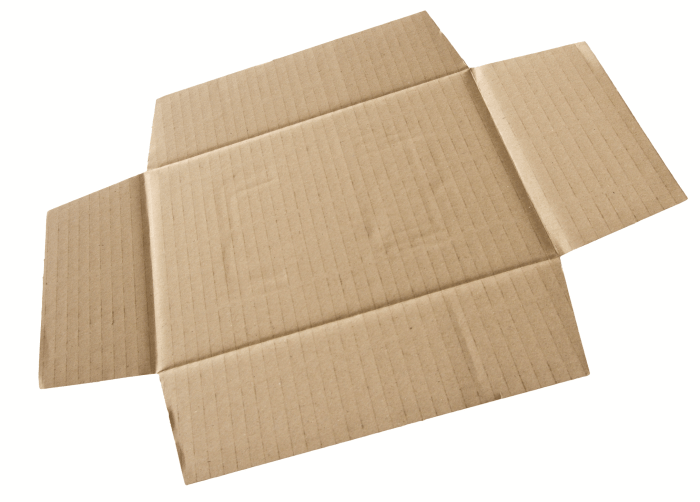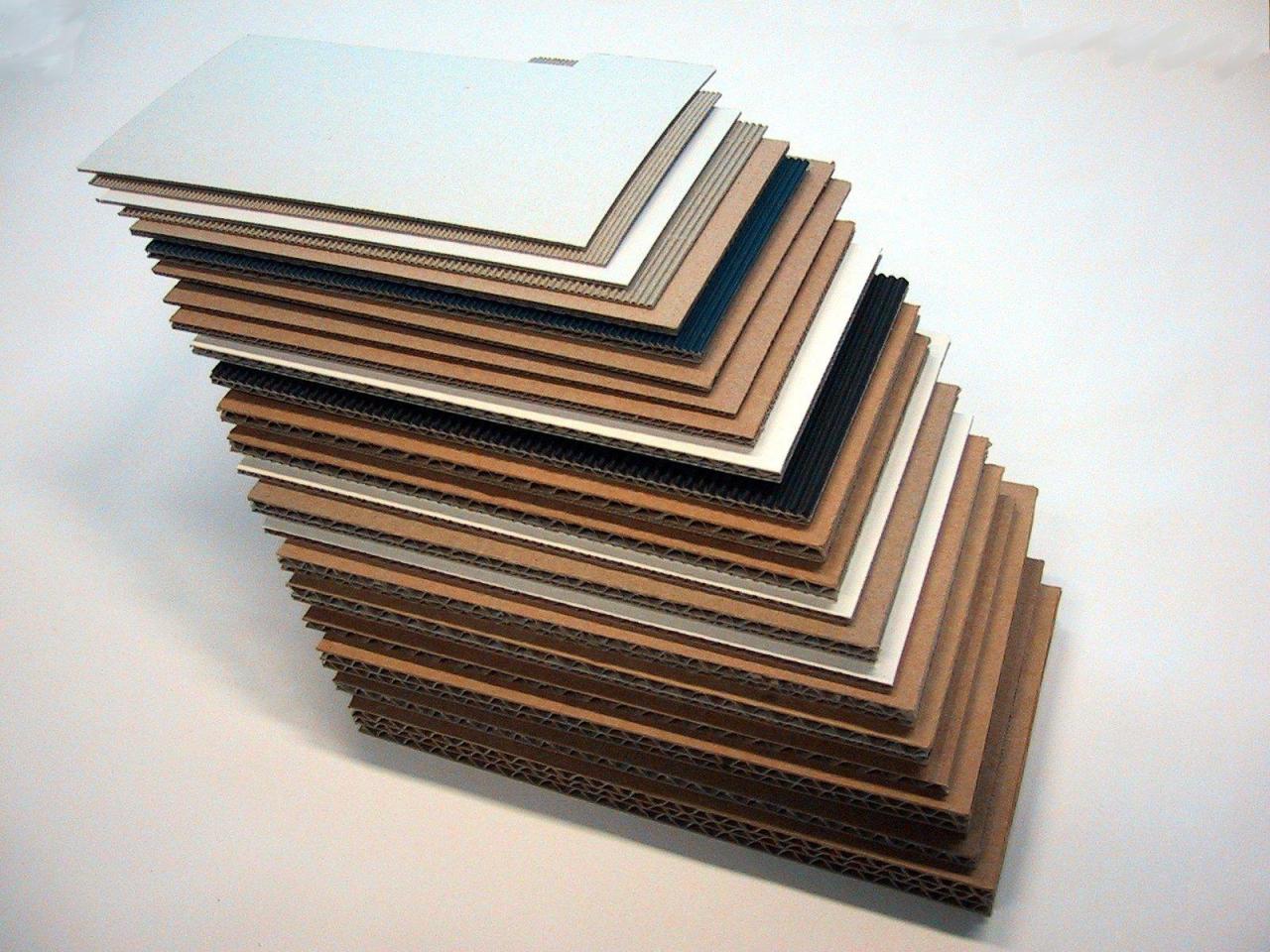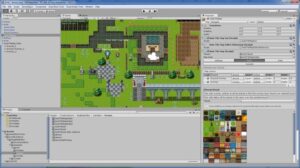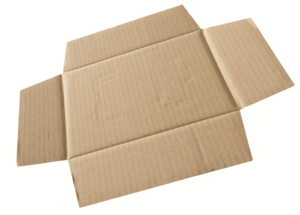
Cardboard engineering games have emerged as a captivating blend of creativity and engineering, inviting players of all ages to engage in the art of game design while utilizing simple materials.
These games not only spark imagination but also promote problem-solving skills and teamwork, making them a valuable addition to educational settings and playtime. Using materials like cardboard, scissors, and glue, enthusiasts can create everything from intricate board games to dynamic role-playing setups, showcasing the endless possibilities that cardboard offers in enhancing gameplay experiences.
Introduction to Cardboard Engineering Games
Cardboard engineering games are innovative, hands-on activities that utilize cardboard as a primary construction material to create engaging and interactive play environments. These games serve as educational tools, fostering creativity, problem-solving skills, and engineering principles in players of all ages. They provide an exciting platform for individuals to explore design, structure, and functionality while having fun.The materials and tools commonly employed in cardboard engineering include cardboard sheets, scissors, cutting tools, adhesives like glue and tape, and various decorative items to enhance the visual appeal of the projects.
Cardboard is easily accessible, cost-effective, and versatile, making it an ideal choice for both casual and educational settings. Users can manipulate cardboard into a vast array of shapes and structures, from simple models to complex interactive systems.
Benefits of Using Cardboard in Game Design and Construction
The advantages of incorporating cardboard into game design are numerous and significant. Its lightweight nature allows for easy handling and transportation, while its sturdy composition provides adequate support for various constructions. Additionally, cardboard can be easily recycled or repurposed, aligning with sustainable practices and encouraging environmental consciousness among players.Key benefits include:
- Encourages Creativity: Players can express their artistic skills and imagination by designing unique game elements.
- Enhances Problem-Solving Skills: Constructing games often involves overcoming design challenges, which cultivates critical thinking.
- Affordable Learning Tool: Cardboard is cost-effective, making it accessible to schools and community organizations for educational programs.
- Promotes Collaboration: Many cardboard engineering projects are designed for groups, encouraging teamwork and communication.
- Adaptable for Various Ages: Cardboard games can be tailored for different skill levels, making them suitable for a wide audience.
“Cardboard engineering games not only entertain but also educate, blending fun with learning seamlessly.”
Types of Games in Cardboard Engineering
Cardboard engineering offers a unique and versatile playground for game designers, allowing them to create engaging, tactile experiences that appeal to a wide audience. The materials are easily accessible, and the creative possibilities are nearly limitless, making it possible to design everything from simple board games to complex roleplaying adventures.In the realm of cardboard engineering, games can be broadly categorized into several types.
Each category comes with its distinctive mechanics and gameplay experiences, enabling designers to explore various themes and interactions. Below are some notable categories along with examples of popular games within each type, highlighting their mechanics and overall appeal.
Categories of Cardboard Engineering Games
Cardboard games can be classified into several distinct types, each providing unique gameplay experiences. Below are the main categories:
- Board Games: These games typically involve a game board and pieces. Players advance around the board, often through dice rolls or card draws. Notable examples include:
- Settlers of Catan: Players gather resources to build settlements.
- Ticket to Ride: Focuses on building train routes across maps.
- Card Games: These games leverage decks of cards to create strategic interactions. Popular examples include:
- Exploding Kittens: Players draw cards to avoid “exploding” outcomes.
- Love Letter: A game of deduction and risk-taking with cards.
- Roleplaying Games (RPGs): These games focus on character development and storytelling, often requiring players to assume roles. Examples include:
- Dungeons & Dragons: Players create characters and embark on adventures using storytelling and dice rolls.
- Fiasco: A game focused on creating chaotic stories with character-driven plots.
The mechanics of these games vary widely, from chance-based outcomes in card games to strategy and resource management in board games. Each type offers a distinct way for players to engage with the game world, fostering creativity and interaction among participants.
Gameplay Experiences Compared to Traditional Games
When comparing cardboard engineering games to traditional games, several differences emerge in player experiences. Cardboard games tend to emphasize physical interaction, allowing players to manipulate game pieces and components directly, often leading to a more immersive experience. In contrast, traditional games may rely on digital interfaces or fixed components, which can limit tactile engagement.
“Cardboard engineering games provide a sensory experience that fosters creativity and social interaction.”
Additionally, the DIY nature of cardboard games often encourages players to customize and modify their gaming experience, which can enhance their investment in the game itself. Traditional games typically offer predefined rules and components, which may not allow for the same level of personal expression or creativity.Overall, the charm of cardboard engineering games lies in their ability to create unique, interactive experiences that invite players to not only engage with the game but also to contribute to its evolution through crafting and customization.
This democratization of game design presents an exciting opportunity for both creators and players alike.
Designing and Building Cardboard Games

Creating cardboard engineering games can be an incredibly rewarding experience. It allows for a blend of creativity, engineering principles, and fun, resulting in engaging gameplay that captures the imagination. The process of designing and building these games can be broken down into a manageable step-by-step guide that ensures each aspect of development is thoughtfully considered. This guide will lead you from the initial concept to a fully playable game.
Step-by-Step Guide to Game Design
To effectively design a cardboard engineering game, it’s important to follow a structured approach. This method ensures that all key aspects are covered, leading to a coherent and enjoyable gaming experience. Here’s a systematic process to guide you:
- Concept Development: Start by brainstorming game ideas. Think about the core mechanics, the target audience, and the overall theme of your game. Sketch out initial concepts on paper.
- Materials Selection: Choose the right type of cardboard and additional materials such as scissors, glue, and markers. Consider the durability and flexibility of the cardboard for the game components.
- Prototyping: Create a rough prototype of your game. This can be done using simple cardboard structures to represent the game board and pieces.
- Gameplay Mechanics: Define the rules and objectives of the game. Consider how players will interact with the game and with each other.
- Visual Design: Add creative elements to your game. Use colors, drawings, and themes that resonate with the intended audience. This visual appeal will enhance the gaming experience.
- Playtesting: Gather a group of players to test your game. Observe their interactions and gather feedback to identify areas for improvement.
- Refinement: Based on feedback, refine the gameplay mechanics, rules, and design elements to enhance player enjoyment.
- Final Production: Once satisfied with the prototype, create the final version of the game with polished artwork and durable components.
Incorporating Creative Elements and Themes
Adding creativity to your cardboard game can significantly enhance its appeal and playability. Here are some strategies to integrate thematic and artistic elements effectively:
“Thematic engagement transforms a simple game into an immersive experience that captivates players.”
Begin by selecting a theme that resonates with your audience, whether it’s adventure, mystery, or science fiction. Develop a storyline that players can relate to, and craft game mechanics that align seamlessly with this theme. For instance, if designing a space-themed game, consider incorporating elements like alien characters, futuristic technology, and cosmic challenges.Utilize various artistic techniques to enhance the game’s visual aspect.
Hand-drawn illustrations, vibrant colors, and creative typography can bring your game to life. Consider building three-dimensional features from cardboard such as obstacles or interactive elements that players can manipulate.
Playtesting and Refining the Game
Playtesting is a crucial step in the game development process. It allows you to observe player reactions and identify potential issues with gameplay. Here are effective playtesting methods to improve user experience:
“Playtesting is not just about identifying problems; it’s about enhancing the overall enjoyment of the game.”
Start with informal playtesting among friends or family. Observe how they engage with the game and take notes on their feedback. Ask specific questions about the clarity of the rules, the enjoyment factor, and any confusing elements. As you refine the game, consider implementing the following strategies:
- Iterative Testing: Conduct multiple rounds of testing with different groups to gather diverse feedback. Each iteration should focus on adjusting one or two aspects based on previous feedback.
- Feedback Surveys: After playtesting sessions, use surveys to gather structured feedback. This can provide insights into players’ experiences and preferences.
- Observation: Pay attention to non-verbal cues during playtesting. Sometimes, players’ actions can reveal frustrations or confusions that they might not articulate.
- Adjust Game Length: Monitor the duration of gameplay. If players consistently finish too quickly or lose interest, consider tweaking the game’s pace to maintain engagement.
By following these steps and incorporating creative elements, you can design and build an engaging cardboard engineering game that is not only fun to play but also resonates with players on a deeper level.
Ending Remarks

In conclusion, cardboard engineering games represent a unique opportunity to merge creativity with practical skills, providing players with a hands-on approach to game design. As we explore various types of cardboard games and the process of creating them, it’s evident that these activities foster innovation and collaboration, making them an enriching experience for both individuals and groups. Embrace the world of cardboard engineering games, and let your imagination take flight!
FAQ Summary
What materials do I need for cardboard engineering games?
You typically need cardboard, scissors, glue, markers, and any additional decorative items to enhance your game.
Can I create cardboard games alone?
Yes, you can certainly create cardboard games by yourself, but collaborating with others can enhance creativity and ideas.
How do I playtest my cardboard game?
Invite friends or family to play your game, gather their feedback, and make adjustments based on their experiences.
Are cardboard engineering games suitable for all ages?
Absolutely! Cardboard games can be tailored to suit different age groups and skill levels, making them fun for everyone.
Can I sell cardboard engineering games I create?
Yes, as long as you adhere to copyright and intellectual property laws, you can sell your original cardboard games.






